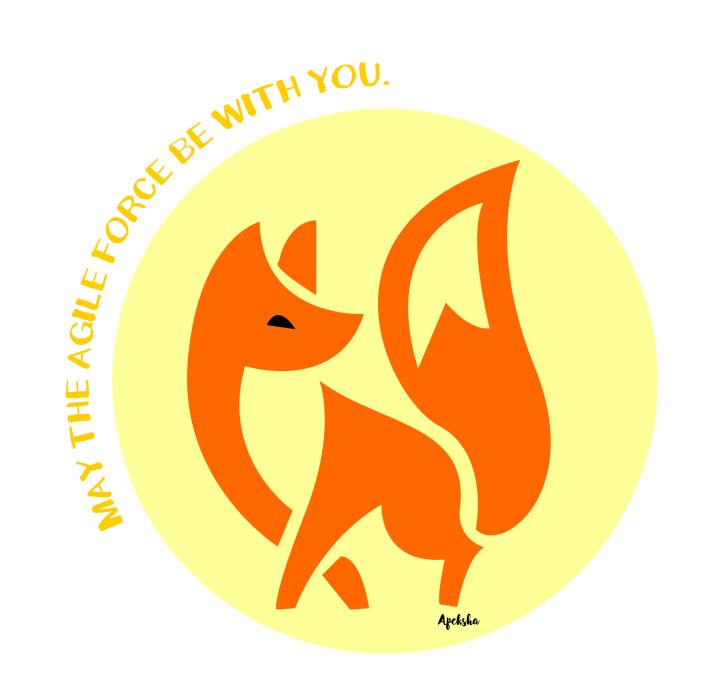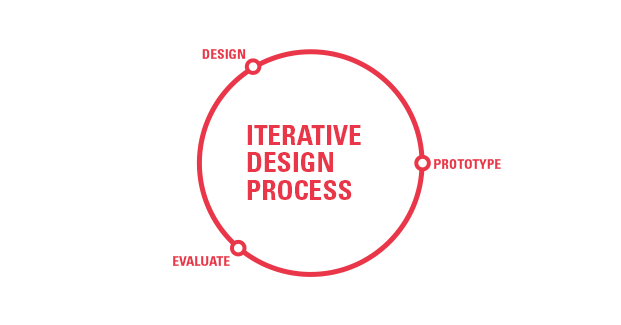
My mom was a senior project manager at a software company. As a child, I had always wondered what her job must be like, what project management really is. Now that I have a course about Agile Project management, I am able to answer my own questions.
To begin with, Agile is a Project Management methodology. According to the Agile Business Consortium, “DSDM is a proven framework for Agile project management and delivery, helping to deliver results quickly and effectively and, over the years, has been applied to a wide range of projects – from small software developments all the way up to full-scale business process change”. AgilePM’s philosophy is from DSDM,
“Best business value emerges when projects are aligned to clear business goals, deliver frequently and involve the collaboration of motivated and empowered people”. It includes collaboration, self-organization and cross-functionality of teams.Scrum is a framework used to implement Agile PM, it is a subset of Agile. Agile PM started out of the techniques utilized by companies like Toyota, Fuji and Honda in the 70’s-80’s.
Initially, I felt that Agile PM was limited to software engineers or developers. Turns out it is used in a variety of projects from small to big. It could be used for developing a product to planning out a service, starting a campaign to working out a marketing strategy. It helps in organizing a team and get work done in lesser time.
In all the lessons of Agile PM, one idea felt really important to me: Iteration and Improvement.

It is one of the core features and is a powerful stage both in terms of efficiency of the team and the product being developed. At the end of a sprint () the work is delivered to the client.
That doesn’t mean that the product is complete, it means the work is complete enough to show a Minimum Viable Product (MVP). When you collect feedback from users early on, it helps in guiding the development of the product to ensure that the product is a good fit for the user. It saves a company a lot of money and time in developing the solution as they know exactly what the users want.
Agile is built on iterative deliveries of the solution. Instead of waiting till the project is completely done to deliver to the user, you deliver parts of it over time. This also helps in avoiding miscommunication of ideas.
While working on my live brief for D&AD, we had weekly critique sessions. I observed that I was able to improve the quality of my work because i showed chunks of my work every week. The concept of Iteration and improvement is definitely something that I would want to follow in my professional life.
References:
Agile Business Consortium (2018) Available at: https://www.agilebusiness.org/content/introduction-0 (Accessed: 11 April 2018)
Sutherland, J. (2015). Scrum. London: Random House Business Books.
Alex Designs. (2015). Perfect Your Website with Iterative Website Design – Alex Designs. [online] Available at: http://alexdesigns.com/perfect-website-iterative-website-design.html [Accessed 19 Apr. 2018].